10.2 Review existing monitoring programs, fill monitoring gaps, and identify pollution sources
Key Message: Local scientists should collaborate with regional and local water and resource managers to review existing monitoring programs and address the remaining information and data gaps highlighted in this Playbook. Specific monitoring needs have been identified for atmospheric deposition, groundwater monitoring, reclaimed water used for irrigation, fertilizer sales, and nutrient modeling.
Importance
Monitoring programs that provide specific spatial and temporal data are essential for protecting and improving water quality in Sarasota County. These efforts must be regularly evaluated to ensure adequate coverage and proper design for robust statistical analysis. Key monitoring gaps—such as nutrient loading from atmospheric deposition, groundwater, and reclaimed irrigation water—must be addressed. Periodic reassessment of major nutrient sources and updating pollutant load models ensures current science is applied to prioritize and target nutrient reduction effectively (see Chapter 1.2, Chapter 1.4, Chapter 2.1, Chapter 3.1, Chapter 4.1, Chapter 5.1, and Chapter 6.1). Bioindicators also offer valuable insight into water quality. For example, macroalgae monitoring can help track nutrient cycling and storage dynamics, while fish populations may indicate ecological health in tidal creeks.
Macroalgae sampling in Sarasota Bay. Source: Sarasota Bay Estuary Program
Overview
Monitoring programs are periodically revised to reflect changing priorities. These reviews are typically conducted by agencies such as Sarasota County Government, Southwest Florida Water Management District (SWFWMD), U.S. Geological Survey (USGS), and the Florida Department of Environmental Protection (FDEP). Sarasota Bay Estuary Program (SBEP) and Coastal & Heartland National Estuary Partnership (CHNEP) also convene technical advisory and management committees to guide regional monitoring strategies. The Regional Ambient Monitoring Program (RAMP) helps maintain standardized sampling protocols. The Sarasota County and CHNEP Water Atlases continue to improve public access to monitoring data and tools (see Chapter 9.4).
Water quality analysis includes microscopic examination of algae. Source: Florida Fish and Wildlife Research Institute
Sarasota County’s Spatially Integrated Model for Pollutant Loading Estimates (SIMPLE), updated in 2021 (Janicki and JEA 2021), uses rainfall, land use, and known pollution sources to identify nutrient hotspots. The accuracy of the SIMPLE model benefits from better monitoring and measurement of pollution sources to augment its generalized land uses pollution loading coefficients. Model outputs guide development of watershed management plans and priority BMP projects. These include the Sarasota Bay Watershed Management Plan Update (Stantec 2022) and pending plans for Little Sarasota Bay and Lemon Bay (in prep 2025) (see Chapter 6.1 and Chapter 6.2).
Approach
Sarasota County Government, SWFWMD, USGS, and FDEP should continue to assess and refine monitoring programs. SBEP and CHNEP should continue convening technical advisory committees to guide monitoring strategies. As opportunities arise, local scientists and managers should actively participate.
Filling remaining monitoring gaps will improve nutrient source modeling and support better management:
- Atmospheric Nitrogen Deposition – Sarasota lacks adequately sited monitoring stations to assess this source of nutrient loading. Establish a long-term program to monitor nitrogen deposition across a rural-to-urban gradient. Candidate sites include existing air quality stations at Paw Park, Lido Park, Bee Ridge Road, and near University Parkway and I-75 (see Chapter 5.1). A site at University Parkway and I-75 would be useful to measure the effects of a major transportation corridor.
- Groundwater monitoring – Groundwater transports pollution from centralized wastewater, septic systems, and other sources into surface waters (see Chapter 2.1). In 2024, Sarasota County launched a study to assess nutrient patterns in groundwater by land use. Research priorities include nutrient concentrations, rates of flow, denitrification potential of the local hydrogeography, and potential underground reservoirs of legacy nutrients.
- Reclaimed wastewater used for irrigation – Wastewater effluent used for irrigation often contains high nutrient levels. Sarasota County’s upgrades of WWTFs to reduce nutrients in effluent are still years from completion. Meanwhile, reclaimed irrigation water adds to existing fertilizer inputs (see Chapter 1.2 and Chapter 4.5). Monitor nutrient loading from reclaimed water used for irrigation and evaluate nutrient fate in the watershed.
- Fertilizer distribution – Florida Department of Agriculture and Community Services (FDACS) should implement data quality control measures for self-reported data from licensed fertilizer distributors A user-friendly online dashboard should display county-level, monthly, and product-specific data (see Chapter 4.2).
- Wastewater spills – Florida Department of Environmental Protection (FDEP) should revise the wastewater spill reporting to make spill data more transparent and meaningful for the public. Specifically, the form should provide unique fields for describing the spill—spill type, volume released, volume recovered, affected waterbody—rather than aggregating spill incident information in an incomplete non-standard narrative (see Chapter 1.4).
- Mangrove shorelines – Mangroves offer significant nutrient filtration benefits but face pressure from development and trimming. Monitoring canopy health and shoreline condition is essential. Suncoast Waterkeeper’s Mangrove Rangers and Eyes on the Suncoast app provide citizen science tools that should be supported (see Chapter 8.1).
Resources
- Sarasota County Stormwater Environmental Utility
- USGS
- FDEP
- SWFWMD
- Sarasota Bay Estuary Program
- Coastal & Heartland National Estuary Partnership
- Sarasota County Water Atlas
Status
Implementation
Performance Measures
- Number of monitoring programs reviewed
- Number of groundwater quality monitoring stations in Sarasota County
- Number of atmospheric nitrogen deposition monitoring stations in Sarasota County
- Establishment of a macroalgae monitoring program
- Establishment of a fish monitoring program in tidal creeks
- Establishment of a dashboard detailing fertilizer sales in Sarasota County
- Updated nutrient loading model
Experts or Leads
Paul Semenec, Sarasota County Stormwater Environmental Utility Manager
Chris Anastasiou, SWFWMD
Ryan Gandy, Sarasota Bay Estuary Program
Jennifer Hecker, Director, Coastal & Heartland National Estuary Partnership
Cost Estimate
$100,000-$1,000,000
Related Activities
Chapter 1.2, Chapter 2.1, Chapter 4.2, Chapter 4.5, Chapter 5.1, Chapter 8.2, Chapter 9.1
Other Monitoring Activities
10.1 Support long-term monitoring, analysis, and reporting of surface water and groundwater quality and quantity and biological indicators of water quality
[dipi_masonry_gallery images="401,545,447" columns="3" disabled_on="off|off|on" _builder_version="4.16" max_width="100%" max_width_tablet="50%" max_width_phone="65%" max_width_last_edited="on|desktop" module_alignment_tablet="center" module_alignment_phone="center"...




